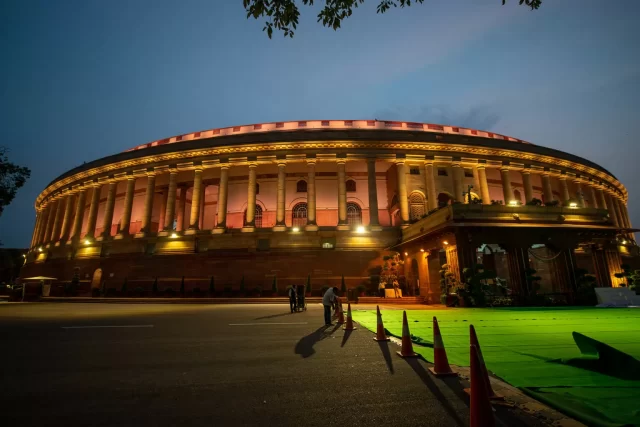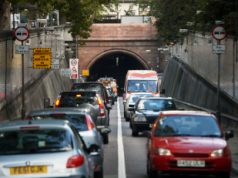When India was recently downgraded in global democracy rankings, it created a perfect storm within the academic and media establishments. The three democracy-ranking institutes that published the reports – Sweden’s Varieties of Democracy Institute (V-Dem), the Economist Intelligence Unit and the US government-funded think tank Freedom House – were feted by all those opposed to the ruling Bharatiya Janata Party (BJP). Supporters of the BJP dismissed these reports as yet another attempt to discredit India by hostile entities that feel increasingly threatened by the country’s unstoppable rise on the world stage under the leadership of Prime Minister Narendra Modi.
The reports cited human rights violations, oppression of religious minorities and muzzling of free speech and other factors to cast their verdict on the depressing state of the world’s largest democracy. V-Dem went to claim that India was no longer a liberal democracy, dubbing it an “electoral autocracy” on par with Russia. Freedom House declared that India was only “partially free”, ranking it 85th in the world.
These think tanks are not alone in sounding the bugle on India’s deteriorating democracy. The New York Times and The Washington Post routinely describe the country as a dystopian hellscape teeming with Nazi-like Hindu storm troopers crushing dissent and criticism under the weight of their jackboots. But how accurate is this picture?









